-

- Sopto Home
-

- Special Topic
-

- Patch Cord Knowledge
-

- Among Cat5 and Cat5e and Cat6, Which Should You Use?
Patch Cord Knowledge
- Fiber Optic Connector Ferrule Design
- Fiber Optic Connector Design
- E2000 to ST Fiber Patch Cable Overview
- Acceptable and Unacceptable Fiber Connector End-Face Finishes
- Using Wipes and Cleaning Cassettes to Clean Fiber Patch Cords
- Not-Too-Tight Mating of Fiber Optic Connectors
- Matching Gel and Oils Contamination about Fiber Optic Connectors
- The Effect of Improper Use of Fiber Optic Connectors
- Why Fiber Optic Connectors are Fragile?
SOPTO Special Topic
Certificate



Guarantee
Except products belongs to Bargain Shop section, all products are warranted by SOPTO only to purchasers for resale or for use in business or original equipment manufacturer, against defects in workmanship or materials under normal use (consumables, normal tear and wear excluded) for one year after date of purchase from SOPTO, unless otherwise stated...
Return Policies
Defective products will be accepted for exchange, at our discretion, within 14 days from receipt. Buyer might be requested to return the defective products to SOPTO for verification or authorized service location, as SOPTO designated, shipping costs prepaid. .....
Applications
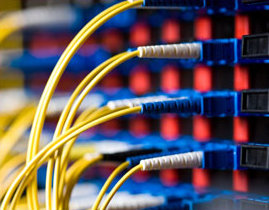 Fiber Patch Cords have a widely application. Where the need for the optical fiber connection, where you need fiber optic patch cords.
Fiber Patch Cords have a widely application. Where the need for the optical fiber connection, where you need fiber optic patch cords.
Testing Equipment
FTTX+ LAN
Optical Fiber CATV
Optical Communication System
Telecommunication
SOPTO Products
- Fiber Optic Transceiver Module
- High Speed Cable
- Fiber Optical Cable
- Fiber Optical Patch Cords
- Splitter CWDM DWDM
- PON Solution
- FTTH Box ODF Closure
- PCI-E Network Card
- Network Cables
- Fiber Optical Adapter
- Fiber Optical Attenuator
- Fiber Media Converter
- PDH Multiplexers
- Protocol Converter
- Digital Video Multiplexer
- Fiber Optical Tools
- Compatible
Related Products
Performance Feature
Good Water-proof
Low insertion loss;
low reflection loss;
Stability, good repeatability;
High-precision ceramic ferrule;
Compatible with NTT standard;
Precision Grinding and fully testing;
Compliance with international standards
Patch Cord Knowledge
Recommended
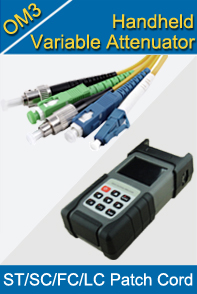
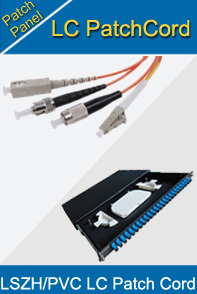
Among Cat5 and Cat5e and Cat6, Which Should You Use?
CAT 5 cable will support 10BASE-T and 100BASE-T network standards, that it supports networks running at 10 Mbps or 100 Mbps. CAT 5e is an enhanced version of Cat5 that adds specifications for crosstalk (see below). Cat5e cable is completely backwards compatible with Cat5, and can be used in any application in which you would normally use Cat5 cable. However, the added specifications of Cat5e enable it to support Gigabit Ethernet (1000BASE-T), or networks running at 1000 Mbps.
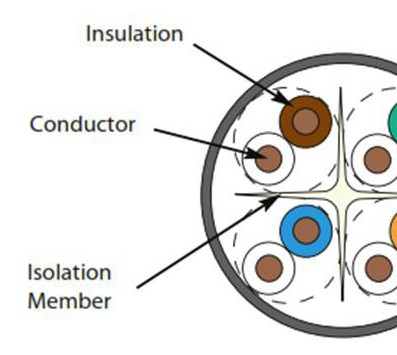
Crosstalk is the "bleeding" of signals between one cable into another one, due to a process called induction. This effect can result in slow network transfer speeds, and can even completely block the transfer of signals over the cable. Cat5e cable has been improved over Cat5 cable in this respect, and crosstalk has been greatly reduced.
The bandwidth of a given conveyance media is essentially its’ information carrying capacity. The greater the bandwidth of a system, the faster it is able to push data across a network. Cat5 is rated at 100Mhz while Cat5e is rated at 350Mhz. This coupled with other more stringent specifications makes Cat5e ideally suited for networks which plan to operate at Gigabit Ethernet speeds.
If you plan on to implement Gigabit Ethernet, go with Cat5e. Also, the small increase in price of Cat5e over Cat5 is more than made up for by "future proofing" your network's cabling infrastructure.
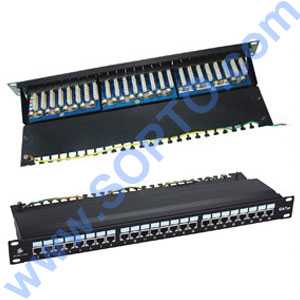
There is a great deal of debate among people about whether new cabling installations should use Cat5e or Cat6. Many people incorrectly assume that by running Cat6 they will then have a Gigabit Ethernet. However, in order to achieve true Gigabit Ethernet speeds, every single component on a network must be gigabit rated, such as the switches, hubs and network interface cards. This isn't to say that there aren't differences between Cat5e and Cat6, however. The general difference between category 5e and category 6 is in the transmission performance.
While Cat5e can support gigabit speeds, Cat6 is certified to handle gigabit Ethernet. Additionally, the Cat6 specification is better suited toward environments that are generally unfriendly to twisted pair cabling. This includes areas that have lots of interference from things like power lines, lights, and manufacturing equipment.
Still, for most applications, Cat5e is perfectly suitable and preferable to Cat6: it is more economical and performs almost as well. However, if you can be certain that all the components on your network are gigabit rated, and the volume of the data being transmitted calls for certified gigabit performance, then Cat6 is the way to go.
For more info, please browser our website. For more products’ info, please contact a Sopto representative by calling 86-755-36946668, or by sending an email to info@sopto.com.



